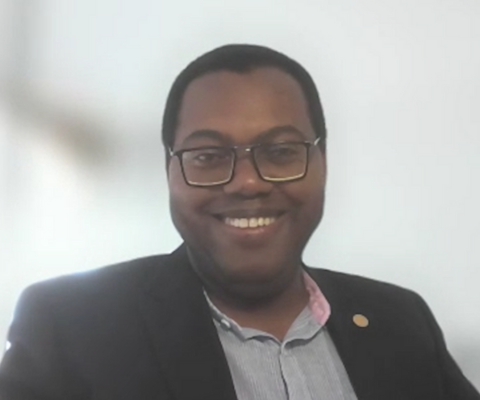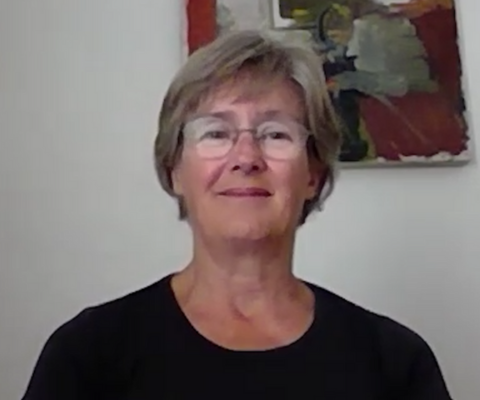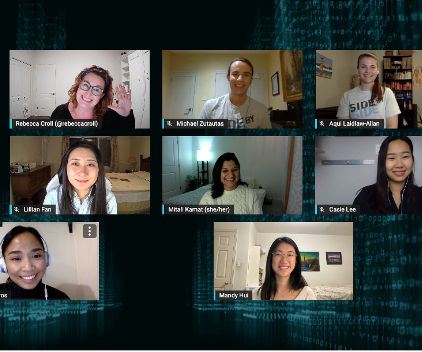Digital futures workshop
Text on screen: [Digital Futures Workshop, Nov 30 – Dec 1, 2015, Vancouver; Universities Canada logo]
Text on screen: [Atelier sur les technologies numériques de l’avenir, le 30 novembre au 1er décembre 2015, Vancouver; logo Universités Canada]
Text on screen: [Open education resources, Vivek Goel, vice-president, research and innovation, University of Toronto; Universities Canada logo]
Vivek Goel: Imagine what the role of our faculty members becomes. And it is not to, to stand and lecture, it’s to create tools that enable our students to learn. And that the product of their work, just like their research publications, may be things that get posted in open educational repositories. And then we measure how many downloads they have, how often they get used by others. Think citation impact equivalent for open education resources.
Text on screen: [A metaphor for how we think about technology, Diana G. Oblinger, president emeritus, EDUCAUSE; Universities Canada logo]
Diana G. Oblinger: What I would like to ask you to do is to start out with maybe a different metaphor for how we think about technology. And that metaphor would be a combinatorial one. Many times, we think about technology and face to face as either or. It’s either personal or it’s impersonal. It’s good or it’s bad. And that no longer is enough. It’s really, what we’re seeing today is a combination of the physical and virtual in ways that we haven’t before.
And if you keep that metaphor in front of you as you think about technology and how to advance the sustainability and competitiveness of your institutions, I think you’ll be leaps and bounds ahead of where other people might be.
Text on screen: [Diverse pathways to achieving potential, John Baker, president and ceo, Desire2Learn; Universities Canada logo]
John Baker: Anyone know anyone that suffers from dyslexia? Okay. So all kinds of hands go up. There’s a font called Open Dyslexic. So in our system, you can literally change your font preference to Open Dyslexic and you can read the text 30% faster than you would normally be able to read the text. So there’s little things that we can do to embrace the personalization, to engage students, to help them overcome hurdles, if you will, in their learning.
And so, you’re right. We can have different pathways for students. So if one wants to just simply to read the content, they can read it. If they really like game-based learning, they can go through a game and spend hours playing the game. So the more that we can provide different pathways for these students, the more students that we’ll actually help achieve their full potential.
Text on screen: [Universities Canada bilingual logo. The voice of Canada’s universities. univcan.ca]
Canadian university leaders discuss trends, opportunities and challenges in leveraging digital technologies for research, university operations, and teaching and learning.
Universities Canada workshop was held on Nov. 30 and Dec. 1, 2015.
Tagged: Research and innovation




